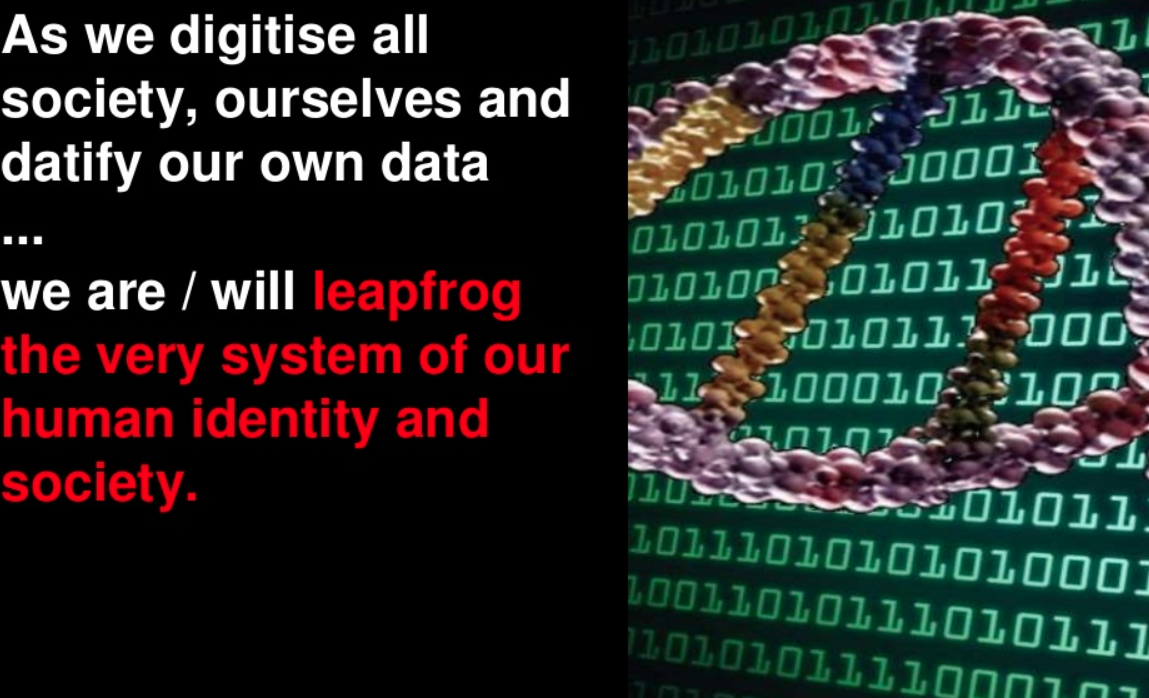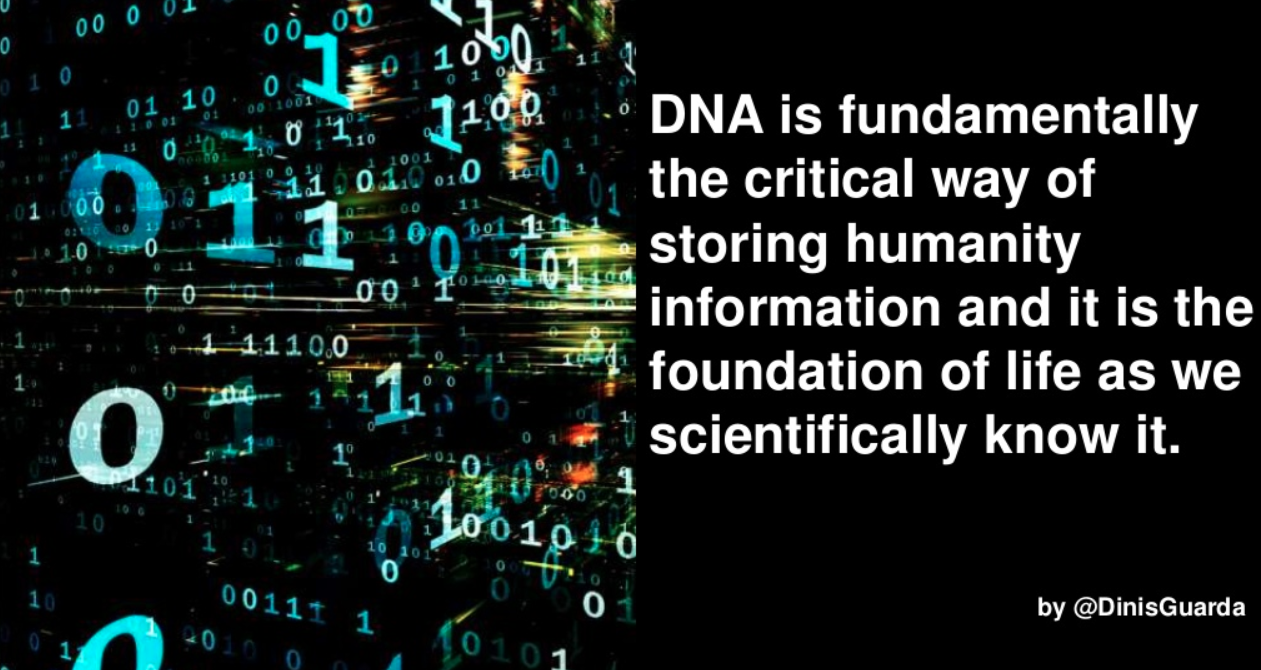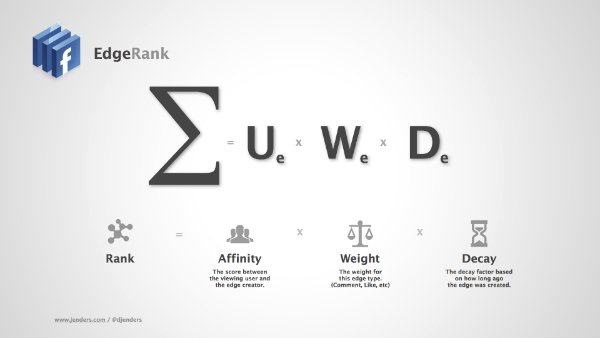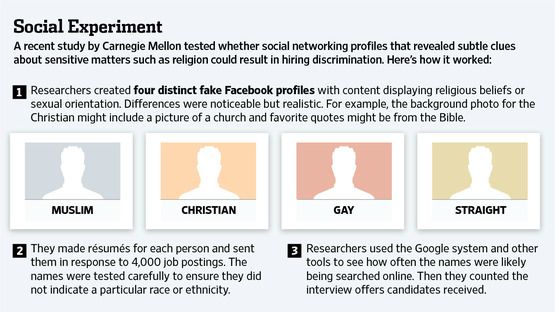
We live in a world where our everyday events and activities have all been compiled into one huge database of big data, and this data is constantly being deployed in several ways. This data has become a huge resource of governments and private concerns.
We are in a process of digitalisation of everything, from our use of data to our DNA, and in the future, our integration of DNA and objects around us. So we need to become deeply aware that we are profoundly intertwined with the data we produce, while using tech platforms in our phones, computers, apps.
This happens to each of our individual self, and paradoxically it happens also to companies, businesses, and financial organisations that manage our data: For businesses, big data a is the new gold rush. For governments, big data encapsulates many aspects of government business.
But what bearing do AI and blockchain have on datafication? How are they related? Can they be used to together or would this be asking too much?
The Blockchain and Big Data
The blockchain is basically a distributed ledger of transaction records. In other words, the blockchain is basically built to store and distribute big data in a format which is transparent, secure and immutable. In essence, the blockchain functions as a gigantic super-database. With this kind of data-storage capacity, the blockchain is therefore perfectly positioned to be the next Central Bank of the Internet and Big Data. This gives the blockchain the enviable position as being the number 1 driver of the change in how big data is perceived and managed.

Identity, financial transactions and the supply chain constitute the three key areas where data finds its heaviest applications. Banking, commerce, government, trade, finance, travel, licensing and various sectors of the economy are all made up of one or all of the these three key areas. As data increases in size and sophistication, the methods of storing such data in a secure manner need to evolve as well. Storing such large amounts of data in the cloud or on other conventional storage platforms is costly and simply impracticable (Fedak, 2018). Data is only going to get larger and more complex. Therefore, a better, more efficient and cheaper means of big data management has become a necessity. The blockchain, also known as Distributed Ledger Technology or DLT, has elements that lend it to such usage.
Security of big data and its immutability are two elements that blockchain can bring to the party. Governments across the world are slowly realizing that the most powerful nations are no longer necessarily those with large military arsenals, but those who have the ability to control data and databases. In 2012, a computer virus known as Stuxnet infected software that controlled centrifuge operations in Iran’s uranium enrichment facilities. As a result, this critical component of Iran’s nuclear program suffered a setback as a result of the attack, which saw malicious code cause more than 1000 centrifuges to spin out of control and self-destruct (Beaumont and Hopkins, 2012). This was the first example of how transmission of malicious data caused a disruption to a country’s critical program.
With governments in the US, China and Russia trading allegations of cyber-attacks and cyber-espionage, improved security of sensitive data for governments is creating a growing demand for the exploration of the blockchain as a viable and cost effective substitute to conventional cyber-security protocols.
Governments are not the only ones concerned about safety of their big data. Businesses and individuals are as well. Business processes that have to do with financial transactions, supply chain management, payroll management and accounting, are all areas where big data is generated and can be handled better using distributed ledger technology. Cost savings and data quality are two desired benefits of the blockchain as far as private sector big data is concerned.
Blockchain application to big data is a no-brainer. Most things required to protect and validate big data lie within the blockchain. For instance, it is possible to create consensus-driven timestamps, perform audits, validate data sources and ensure all-round big data integrity (Epstein, 2017).
AI and Big Data
Artificial Intelligence is synonymous with deep learning and machine learning. Why? This is because AI is unable to reach conclusions and take corresponding actions the way the human brain does. To be able to solve complex problems, AI needs to acquire the power of cognition; the machines that run on AI need to be taught to do this, just the way humans need to go to school to learn certain skills. Teaching machines to learn processes and algorithms so as to become capable of solving complex problems the way the human brain would have done, requires large amounts of pure and uncorrupted data. For AI, more is better. The more data it receives as input, the better the outcomes. As more data has become available via the internet, AI has gotten a lot better than it was in the 80s or 90s. AI and big data are therefore interconnected and will become two tools which possess common goals. Big data therefore constitutes the input, and AI is the output which will serve to make machines more capable of solving problems and accomplishing tasks independently (Patrizio, 2018).

The Interconnectivity of the Blockchain, AI and Big Data
The beauty of the blockchain is that any data that is put in does not necessarily have to be used in the same way it was received. The blockchain can take in data in one way, and make this data available for usage with multiple applications. This is essentially what datafication is all about; digitizing every component of our lives and finding multiple user applications for such data. The blockchain has therefore transcended the regular definitions and applications of a conventional database, and moved on to become something much more useful. It is a distributed database with an added layer of security in the form of cryptographic encryption, capable of imparting a trust factor to any data stored within it. The scope of applications of data in the context of the DLT can be visualized by taking a look at the use cases that are proposed by companies offering Initial Coin Offerings (ICOs).
We must understand the ultimate goal of these three elements is to ensure that all spheres of everyday life and function actually get better. We have also identified that the output of an intelligent machine is AI, while the input is big data (Patrizio, 2018). But what happens if the inputted data is either defective, or has been deliberately corrupted so as to jeopardize outcomes, as may occur in a hack attack? This is where the blockchain comes in. The blockchain is able to make data immutable because it has a mechanism to weed out corrupt data from the network. Data that is corrupted or altered at one point, cannot be added to the chain as it would be recognized as a mismatch with other data points on the chain. This ability to clean up and structure data prior to integration into the blockchain is something that can be deployed to the machine learning process. By cleaning up the big data and making it available for deep learning, the desired outputs can be guaranteed.
Use Cases of AI, Blockchain and Big Data
We round off this discussion with a few use cases of the application of AI and the blockchain to datafication processes.
1. Better Data Security
One of the greatest challenges of data storage remains that of security. Cyber-security breaches that have resulted in data theft have cost the world billions of dollars. A very recent incident in the healthcare system of the US involved healthcare insurer Anthem, which had about personal data of about 78m clients accessed illegally by the so-called health hackers (Scannell and Chon, 2015). The blockchain works by using several nodes to store blocks of data. This decentralized storage system ensures that any form of failure, attack or breach of one node does not jeopardize the data stored on other nodes. Mathematical encryption of new blocks of data prior to being added to other existing blocks adds to the layer of security provided by the multi-nodal data storage structure. Medical records are not only used by healthcare personnel to diagnose and treat patients; they are also used by health insurance companies to maintain the medical insurance system.
In healthcare blockchain also brings an extra layer of security. This is one area where big data is finding massive application, since this is a sector where security and immutability of data is sacrosanct. Blockchain allows a group of independent actors to share digital assets and information without going through a third party. All the data exchanged between said actors in registered on a distributed ledger. There is no central entity controlling the transactions. Each new information added to the ledger is therefore validated by consensus of the network (Petra, 2018).
Other areas have needs for secure data as well. For instance, how would a nuclear-powered electricity plant function if fed with corrupted data? The results are better not even imagined.

2. Fraud Control
Fraud control has many facets. It could apply to the financial services sector, or in areas such as government payroll/pension management, and even in electoral processes. We already have a use case where the blockchain was used to validate results in a province in Sierra Leone in March 2018. Many countries still have problems with electoral fraud, and as technology improves, electoral fraud is now evolving from physical disruptions of the voting process, to data manipulation. The blockchain can be used to validate the input data (register of eligible voters) and to match this with voter counts and results,, thus making it significantly harder to falsify results. AI can then be added to the process by taking over functions such as collation of results and validation of ballots cast.
3. Control of Illicit Financial Flows
If there is a vulnerability that the blockchain has, it is the anonymity that it confers to financial transactions that are done on the cryptocurrencies built with this technology. This is a loophole that can be exploited by the bad guys to move money around for organized crime, narcotics trafficking or terrorism. Indeed, this is already happening and the law enforcement agents in the US, Australia and UK have made arrests and prosecuted suspects in this regard. The missing link here could be AI. According to blockchain advisor Ali Ayyash, platforms could be built to run on AI; teaching them to track and monitor transactional flows on the blockchain. It could then be possible to establish and recognize transactional patterns used by criminal entities, which can then be used to build appropriate checks against the abuse of the anonymity of cryptocurrency transactions in this manner (Ayyash, 2018).
These are just a sample of some possible use cases, as with the passage of time, newer use cases would emerge and existing ones will be improved upon.
Conclusion
In conclusion, we see that the blockchain, AI and big data, must all be interlinked if we are to get the desired results of making our machines smarter and capable of more cognitive function. Big data supplies the input for the machine learning algorithms, but this data input’s sanctity can be provided by the use of the blockchain. The enhanced quality so produced can then be used in the deep learning process to produce outcomes much faster than humans could have done, and with fewer mistakes.
These three are all part of the chain, and it is increasingly difficult to see one working without the other. Without big data, attempts at machine learning would be restricted. Without the quality of big data being enhanced by the use of the blockchain, machine learning would be deficient and would produce less than artificial intelligence. But with the blockchain and big data producing the correct input, machines can then learn deeply and become more intelligent to produce the output desired for any industry.
Therefore, the way forward would be to enhance big data involvement of AI and the blockchain. The potential gains are enormous
References
Carson, B., Walsh, P., Romanelli, G. and Zhumaev, A. (2018). Blockchain beyond the hype: What is the strategic business value?. [online] McKinsey & Company. Available at: [Accessed 22 Aug. 2018].
Smyth, D. (2016). Why blockchain? What can it do for big data?. [online] Big Data Made Simple – One source. Many perspectives. Available at: http://bigdata-madesimple.com/why-blockchain-what-can-it-do-for-big-data-2/ [Accessed 22 Aug. 2018].
Scannell, K. and Chon, G. (2015). Cyber security: Attack of the health hackers. Financial Times. [online] Available at: https://www.ft.com/content/f3cbda3e-a027-11e5-8613-08e211ea5317 [Accessed 22 Aug. 2018].
Fedak, V. (2018). Blockchain and Big Data: the match made in heavens – Towards Data Science. [online] Towards Data Science. Available at: https://towardsdatascience.com/blockchain-and-big-data-the-match-made-in-heavens-337887a0ce73 [Accessed 22 Aug. 2018].
Beaumont, P. and Hopkins, N. (2012). US was ‘key player in cyber-attacks on Iran’s nuclear programme’. [online] the Guardian. Available at: https://www.theguardian.com/world/2012/jun/01/obama-sped-up-cyberattack-iran [Accessed 22 Aug. 2018].
Petra, A. (2018). Epidemiology And Public Health In The Age of Blockchain. [online]
Intelligenthq. Available at:
https://www.intelligenthq.com/innovation-management/epidemiology-public-health-age-blockchain/ [Accessed 12 Nov. 2018]

Dinis Guarda is an author, academic, influencer, serial entrepreneur, and leader in 4IR, AI, Fintech, digital transformation, and Blockchain. Dinis has created various companies such as Ztudium tech platform; founder of global digital platform directory openbusinesscouncil.org; digital transformation platform to empower, guide and index cities citiesabc.com and fashion technology platform fashionabc.org. He is also the publisher of intelligenthq.com, hedgethink.com and tradersdna.com. He has been working with the likes of UN / UNITAR, UNESCO, European Space Agency, Davos WEF, Philips, Saxo Bank, Mastercard, Barclays, and governments all over the world.
With over two decades of experience in international business, C-level positions, and digital transformation, Dinis has worked with new tech, cryptocurrencies, driven ICOs, regulation, compliance, and legal international processes, and has created a bank, and been involved in the inception of some of the top 100 digital currencies.
He creates and helps build ventures focused on global growth, 360 digital strategies, sustainable innovation, Blockchain, Fintech, AI and new emerging business models such as ICOs / tokenomics.
Dinis is the founder/CEO of ztudium that manages blocksdna / lifesdna. These products and platforms offer multiple AI P2P, fintech, blockchain, search engine and PaaS solutions in consumer wellness healthcare and life style with a global team of experts and universities.
He is the founder of coinsdna a new swiss regulated, Swiss based, institutional grade token and cryptocurrencies blockchain exchange. He is founder of DragonBloc a blockchain, AI, Fintech fund and co-founder of Freedomee project.
Dinis is the author of various books. He has published different books such “4IR AI Blockchain Fintech IoT Reinventing a Nation”, “How Businesses and Governments can Prosper with Fintech, Blockchain and AI?”, also the bigger case study and book (400 pages) “Blockchain, AI and Crypto Economics – The Next Tsunami?” last the “Tokenomics and ICOs – How to be good at the new digital world of finance / Crypto” was launched in 2018.
Some of the companies Dinis created or has been involved have reached over 1 USD billions in valuation. Dinis has advised and was responsible for some top financial organisations, 100 cryptocurrencies worldwide and Fortune 500 companies.
Dinis is involved as a strategist, board member and advisor with the payments, lifestyle, blockchain reward community app Glance technologies, for whom he built the blockchain messaging / payment / loyalty software Blockimpact, the seminal Hyperloop Transportations project, Kora, and blockchain cybersecurity Privus.
He is listed in various global fintech, blockchain, AI, social media industry top lists as an influencer in position top 10/20 within 100 rankings: such as Top People In Blockchain | Cointelegraph https://top.cointelegraph.com/ and https://cryptoweekly.co/100/ .
Between 2014 and 2015 he was involved in creating a fabbanking.com a digital bank between Asia and Africa as Chief Commercial Officer and Marketing Officer responsible for all legal, tech and business development. Between 2009 and 2010 he was the founder of one of the world first fintech, social trading platforms tradingfloor.com for Saxo Bank.
He is a shareholder of the fintech social money transfer app Moneymailme and math edutech gamification children’s app Gozoa.
He has been a lecturer at Copenhagen Business School, Groupe INSEEC/Monaco University and other leading world universities.




























